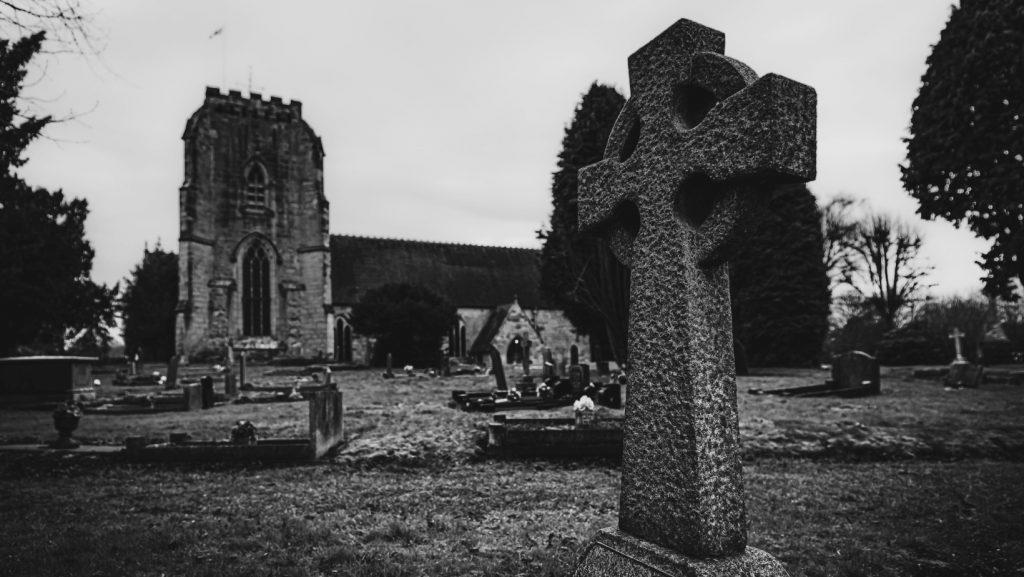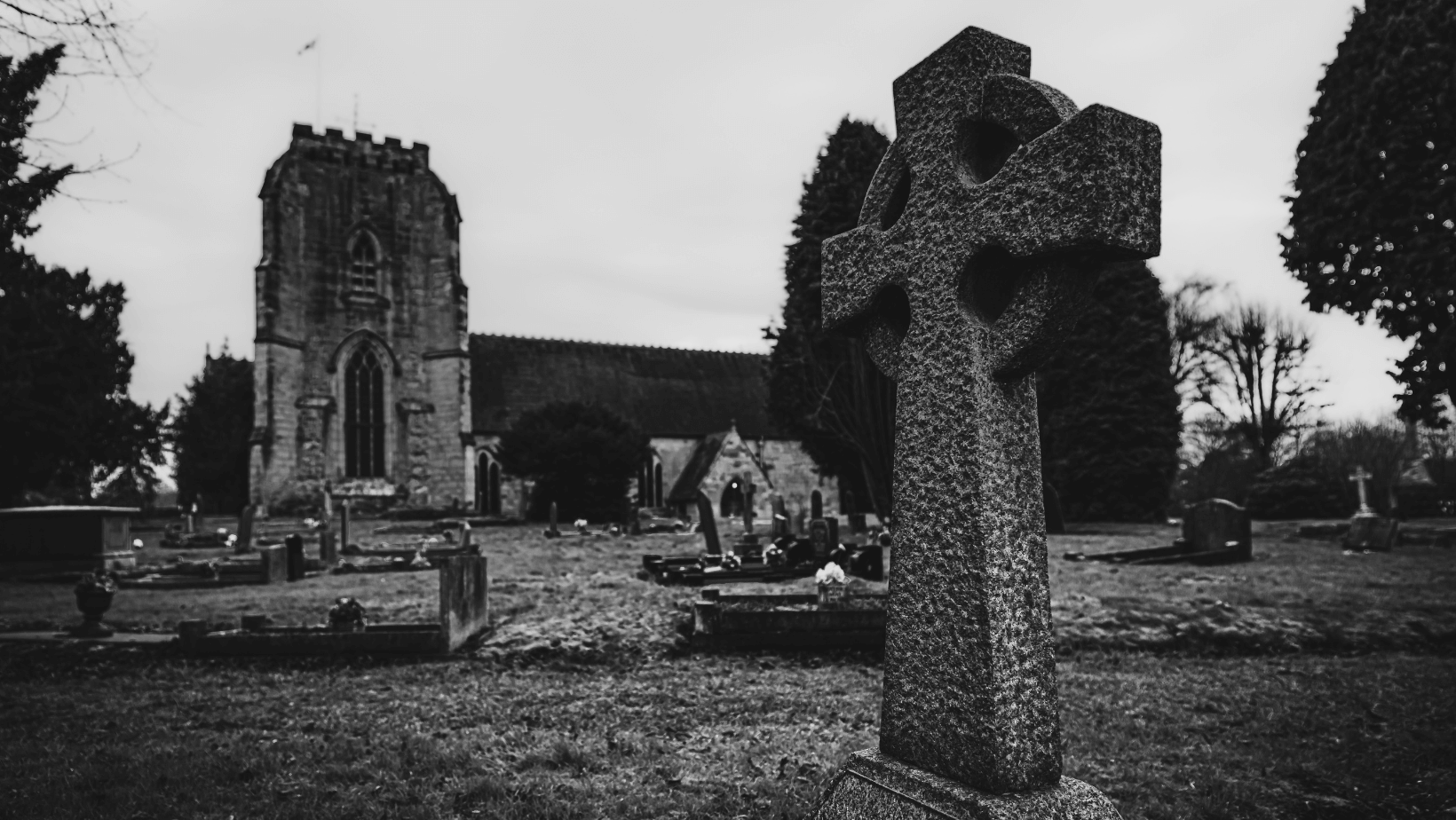
Vampire Folklore
Vampires have appeared in the legends of various cultures for hundreds of years. Their characteristics can differ slightly between stories, but one element central to the myth is the consumption of human lifeforce. This is most commonly blood, but some legends claim the creatures consume other essences like bodily fluids or psychic energy. They are also often described as having fangs or sharp teeth to help them feed.
In most depictions, the creatures are described as “undead,” having been revived after death. There are a number of ways that humans were believed to be turned into vampires, the most common of which is by being bit by one. However, legends also claim that a person can be transformed through other methods, like sorcery, contagion, or having a cat jump over a person’s corpse.
While they aren’t impacted by many human afflictions, common folklore has described several methods for their destruction. A few common ways to kill a vampire include driving a wooden stake through their heart, setting them on fire, beheading them, and exposing them to sunlight. The creatures have also been described as having other vulnerabilities. For example, one legend states that vampires may become distracted by scattered objects that they are compelled to count. This attribute, known as arithmomania, is also displayed in some modern vampire depictions, most notably Count von Count on Sesame Street.

Medieval Evidence
As far back as ancient Greece, stories have been told of creatures with vampiric traits. The folklore surrounding them saw a massive rise in popularity in medieval Europe as the plague spread. Tales of walking corpses that drank the blood of the living became widespread, and a lack of understanding of infectious diseases led to the belief that those who became vampires preyed upon their own families first.
Modern research has shed light on a number of diseases that likely caused the “vampiric” characteristics medieval Europeans observed. For example, porphyria is a genetic disorder that causes sensitivity to sunlight. Tuberculosis was likely to blame for many suspected vampires who experienced wasting. And rabies causes aggression and biting, as well as many sensitivities which can include repulsion by light or garlic.
In medieval Europe, the bodies of suspected vampires were sometimes dug up to check for evidence. The natural characteristics of decomposition, like receding gums or hair and fingernail growth, reinforced the belief that these corpses continued some manner of life after death. Another contributing factor was the pronouncement of death for those who weren’t actually dead. The limits of medieval medical diagnosis sometimes led to people who were very ill, drunk, or in a coma being prematurely declared dead, only to later “miraculously” recover. These gaps in medical knowledge led many to believe in the existence of vampires.

Famous Vampires
Vampires were a popular subject in Gothic European literature of the 18th and 19th centuries. In fact, Count Dracula, the subject of Bram Stoker’s 1897 novel, Dracula, remains one of the most well-known characters of the genre to this day. It’s believed that Count Dracula was named after Vlad Dracul, also known as Vlad the Impaler, who ruled Walachia, Romania in the mid-1400s.
Dracula tells the story of a Transylvanian count who uses supernatural powers, including mind control and shape-shifting, to prey upon his victims. In 1931, the novel was adapted for film, which further solidified its status as a blueprint for vampire characters in future works of film and literature.
In the 2000s, vampires saw another surge in popularity with the release of the Twilight novels, which were also adapted for film. To date, the highest-grossing vampire movie of all time is The Twilight Saga: Eclipse, the third film in the series. It was released in June 2010 and went on to earn just over $300 million at the box office.
Weekly Trivia
Enter your guess to reveal the answer.

